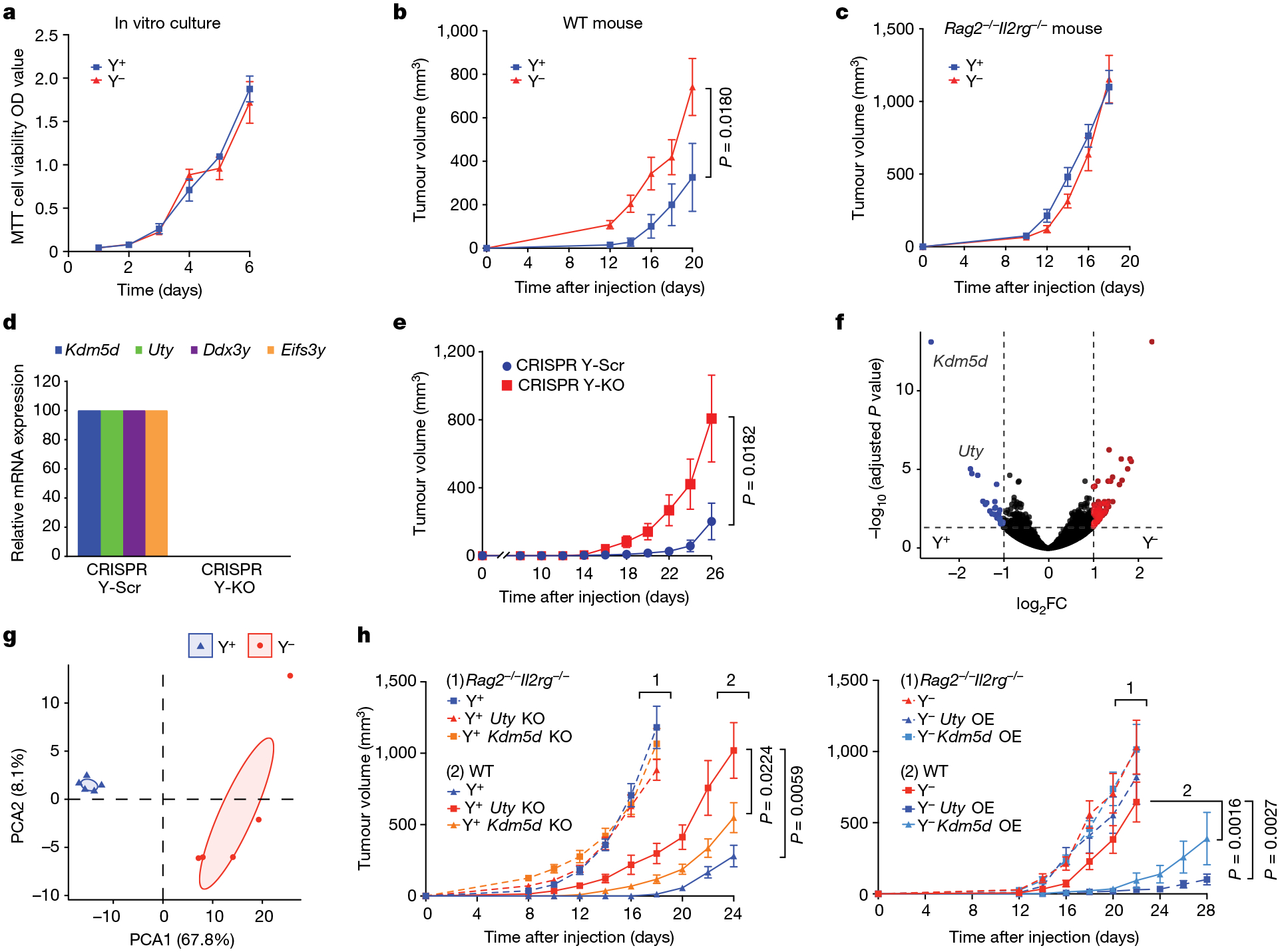Fig. 2 |. LOY and deletion of the Y chromosome genes Kdm5d and Uty promotes bladder tumour growth in an immune-competent host.

a, Proliferation of Y+ and Y− MB49 cells in vitro (by MTT cell viability assay) over a six-day time course. Data are mean ± s.e.m. n = 3 biological replicates. OD, optical density. b,c, Tumour volume of Y+ and Y− MB49 cells grown subcutaneously in wild-type (WT) C57BL/6 (b; n = 10 mice per group) or Rag2−/−Il2rg−/− (c; n = 10 mice per group) male mice. d, Relative mRNA expression (determined by RT–qPCR) of Uty, Kdm5d, Eifs3y and Ddx3y in CRISPR-generated Y-Scr and Y-KO MB49 lines. e, Tumour volume of CRISPR Y-Scr and CRISPR Y-KO MB49 cells grown subcutaneously in wild-type C57BL/6 male mice (n = 10 (Y-Scr) and 8 (Y-KO) mice per group). f, Volcano plot of statistically significant (Benjamini–Hochberg method, P < 0.05) differentially expressed genes (DEGs) from Y+ (blue) and Y− (red) MB49 cells that exhibit a positive or negative log2 fold difference in expression of greater than one. FC, fold change. g, PCA of Y+ (blue) and Y– (red) DEGs described in f. Shaded areas encompass regions where the principal component falls within a 95% confidence internal. h, Left, tumour volume of Y+ Uty-KO and Y+ Kdm5d-KO cell lines injected subcutaneously into wild-type (n = 10 mice per group) or Rag2−/−Il2rg−/− (n = 10 mice per group) male mice. Right, similarly, Y−, Uty-overexpression (OE) and Kdm5d-OE cell lines were implanted into wild-type (n = 10 mice per group) or Rag2−/−Il2rg−/− (n = 8, 6 and 6 mice per group, respectively) male mice. All mouse experiments are representative of two independent experiments. Repeated measures two-way ANOVA; comparisons were made with the Y+ and Y− controls in h. Data are mean ± s.e.m.
